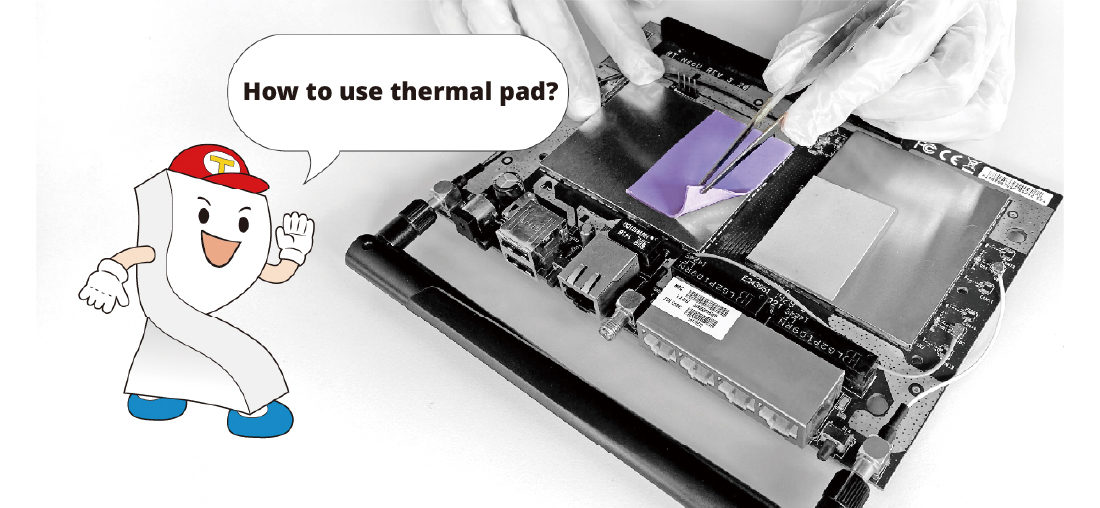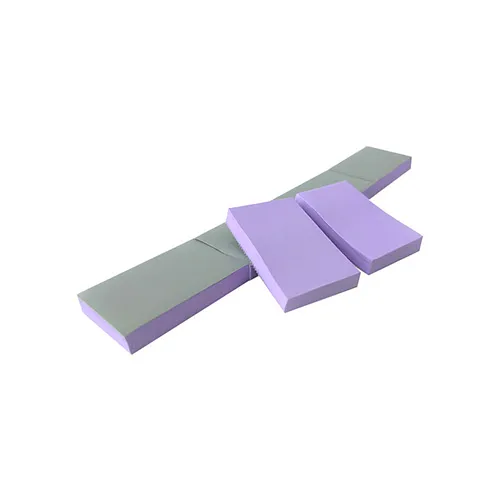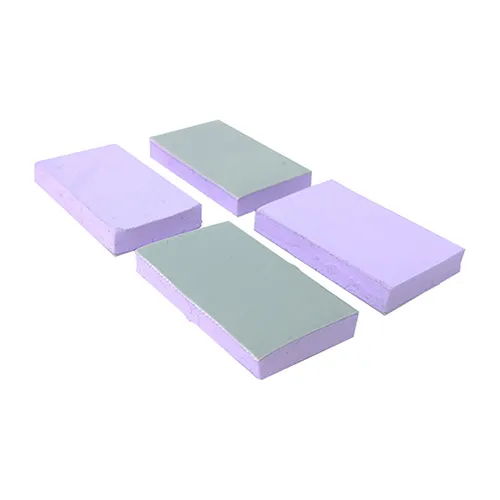In accordance with the European Union’s General Data Protection Regulation (GDPR), we are committed to safeguarding and ensuring your control over your personal data. By clicking “Accept All” you are permitting us to use cookies to enhance your browsing experience, assist us in analyzing website performance and usage, and deliver relevant marketing content. You can manage your cookie settings below. By clicking “Confirm” you are agreeing to the current settings.
TG-A4500F Ultra Soft Thermal Pad
- Very good thermal conductivity
- Fiberglass on one side
- Non deforming
- Electeical insulation
By using a special process, we use the silicone as the base material, adding thermal conductive powder and flame retardant together to make the mixture to become thermal interface material. This is effective in lower the thermal resistance between the heat source and the heat sink.
TG-A4500F thermal pad with 4.0W/m·K thermal conductivity and fiberglass mesh are attached to the surface. It has the characteristics of high flexible strength, low friction, low elongation, and non-deformation. It has excellent voltage resistance and the high-end thermal conductivity of the TG-A fiberglass Mesh Thermal Pad Series. Its performance is between TG-A3500F and TG-A6200F.
In recent years, the electric vehicle supply chain's energy storage batteries and battery modules have continuously improved. The battery charge and discharge capacities are designed for fast storage products, which can be applied inside the battery module controller as a thermal interface between the controller and the housing materials or the battery box to maintain a stable temperature of the battery to reduce the problem that the battery cannot be operated in low-temperature countries. At the same time, it has good isolation, voltage resistance, low adaptable construction characteristics, and good heat dissipation performance. Customers are approved into suitable requirements specifications.
Applications:
Electronic components - 5G, Aerospace, AI, AIoT, AR/VR/MR/XR, Automotive, Consumer Devices, Datacom, Electric Vehicle, Electronic Products, Energy Storage, Industrial, Lighting Equipment, Medical, Military, Netcom, Panel, Power Electronics, Robot, Servers, Smart Home, Telecom, etc.

Tearing off the release paper.
Attach the thermal pad to the heat source.
Remove the protective film.
Apply components onto the exposed part.
Thermal Conductivity
Dielectric Breakdown Voltage
Hardness




